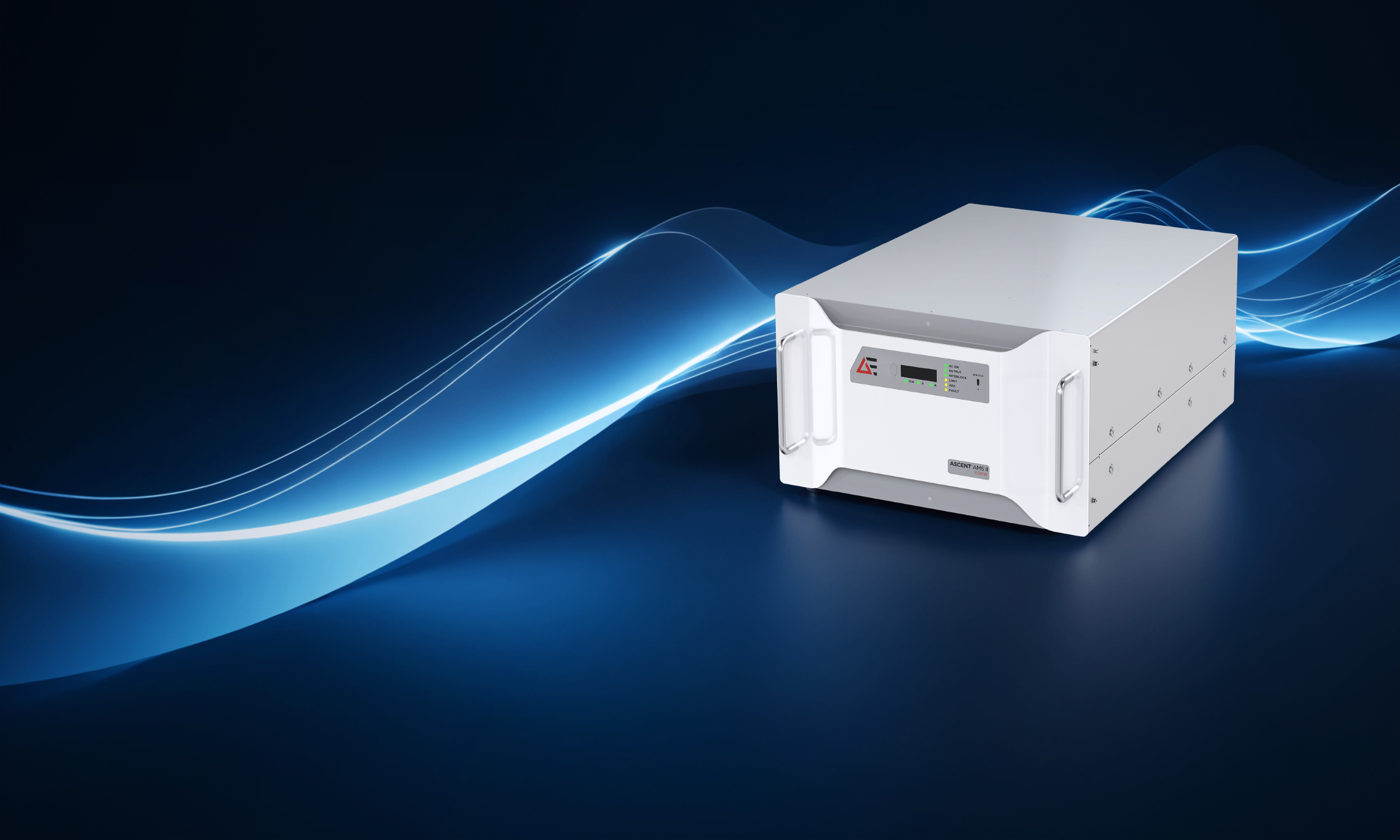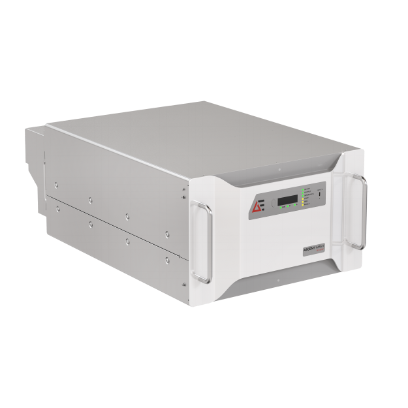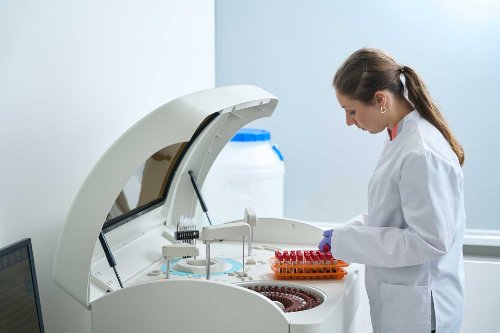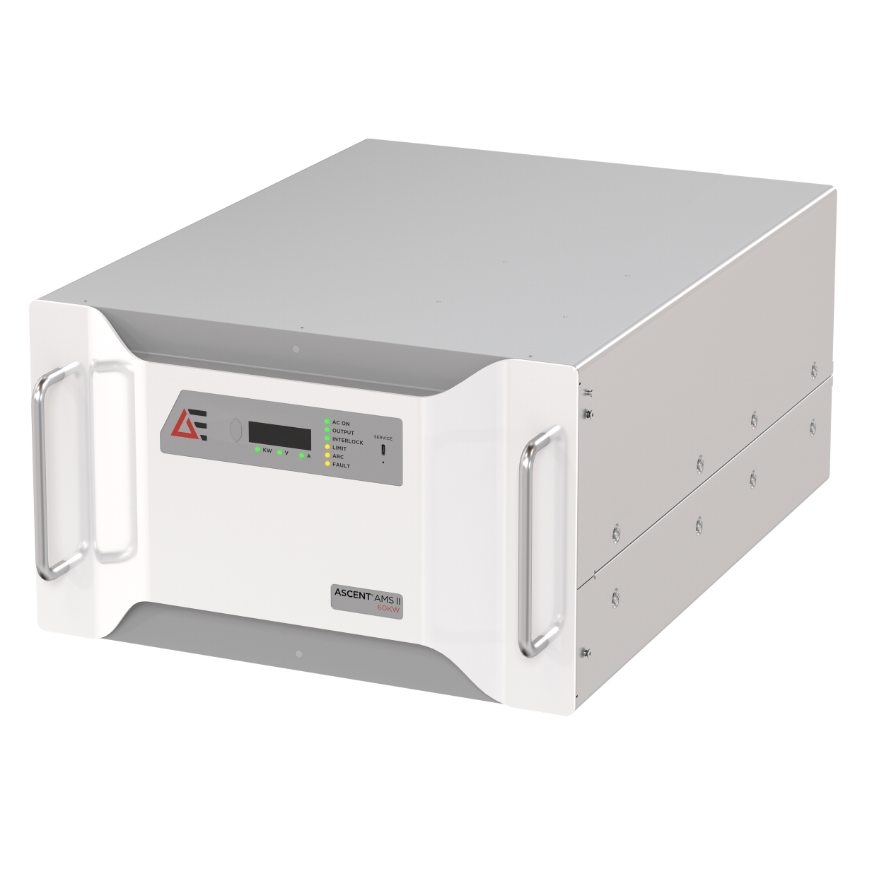Artesyn.com, SLPower.com, and TEGAM.com are now part of AdvancedEnergy.com. Learn more
Precision. Power. Performance. Trust.
Cutting-Edge Products from the Innovation Powerhouse
New & Featured Applications
Explore All ApplicationsFeatured Videos
View AllClose Popup

Introducing ConfigPro
Advanced Energy’s Revolutionary Online Power Configurator
With over 3 million configurable power supply combinations, this power solution algorithm optimizes cost and guides you to the ideal solution for MP, IMP, IVS, and MICROMP (UMP) configurable power supply families.
Get Started

.jpg?lang=en-us)
.jpg?lang=en-us)

.png?resizemode=force&maxsidesize=408)










